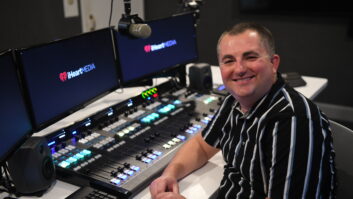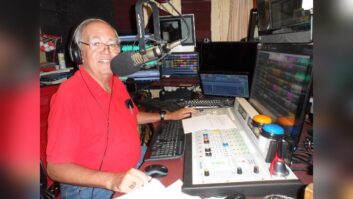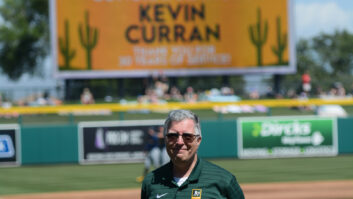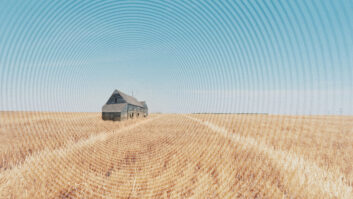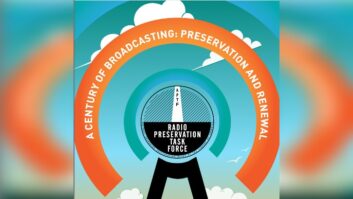My first article for Radio World was an unsolicited (and unpaid) opinion piece. Even though it must have taken a lot of work by the editors to turn it into something readable, it did get me noticed by the staff. That was in 1985, and somehow I am still writing for this fine publication today.
Under the guidance of patient editors like John Gatski and Paul McLane, my writing gradually became more professional. And with the appearance of my second article, I surrendered my amateur status and have been receiving these nice checks in the mail ever since!

Ken, then and nowDATING MYSELF
Thirty-one years ago, when I began my career at this publication, Madonna and Debarge ruled the airwaves, and the VHS/Betamax video format war was well along. It’s possible that I owned a leisure suit.
With the exception of some professors and military folk, few people had heard of the internet yet. Email (via CompuServe) and fax machines were available but not yet ubiquitous.
When I began submitting articles to RW on a regular basis, snail mail was what we used. I’d type my piece on my state-of-the-art computer, the one that featured the dark green CRT screen with light green font, but I’d print it out and send the paper copy to my editor, along with a 3.5-inch back-up floppy disk.
NOTABLE INTERVIEWS
Over the years, my editors encouraged me to interview some brilliant people.
Nancy Cartwright was and is still the voice of Bart Simpson, but she began her career at a small radio station in Dayton, Ohio. Johnny Donovan, now retired, was the production director at WABC(AM) in New York. Another talent I wrote about at that same station is still on the air: conservative talker Mark Levin. Additionally, some of the best engineers in radio, young and old, have consented to interviews, and I was inspired by their spirit and enthusiasm.
It was a lot of fun talking on the phone and then in person to a man whose name few recognize. It was Fred Newman, the guy who voices the great mouth sound effects for “A Prairie Home Companion,” distributed by American Public Media. I had the pleasure of watching him work from backstage during a performance in Ohio.
The late Marian McPartland, a sublime jazz pianist who was also heard on public radio, admitted to me that when she made a mistake during a concert, she would play the same key several more times — in the hopes that people would think she was doing it on purpose.
Some of my articles were about preserving radio’s heritage. Some focused on new gear that I got to play with and review before anyone else had it. Articles appeared under my byline about pending legislation, the controversial HD Radio standard, service awards, online innovation and the always sought-after-but-often-elusive “trends” in the radio industry. (The latter — trend — is always a great buzz word in reportage.)
Radio World represents no less than a written history of the broadcast radio industry, week by week, year by year. And I consider myself lucky to continue to play even a small part in chronicling it.





